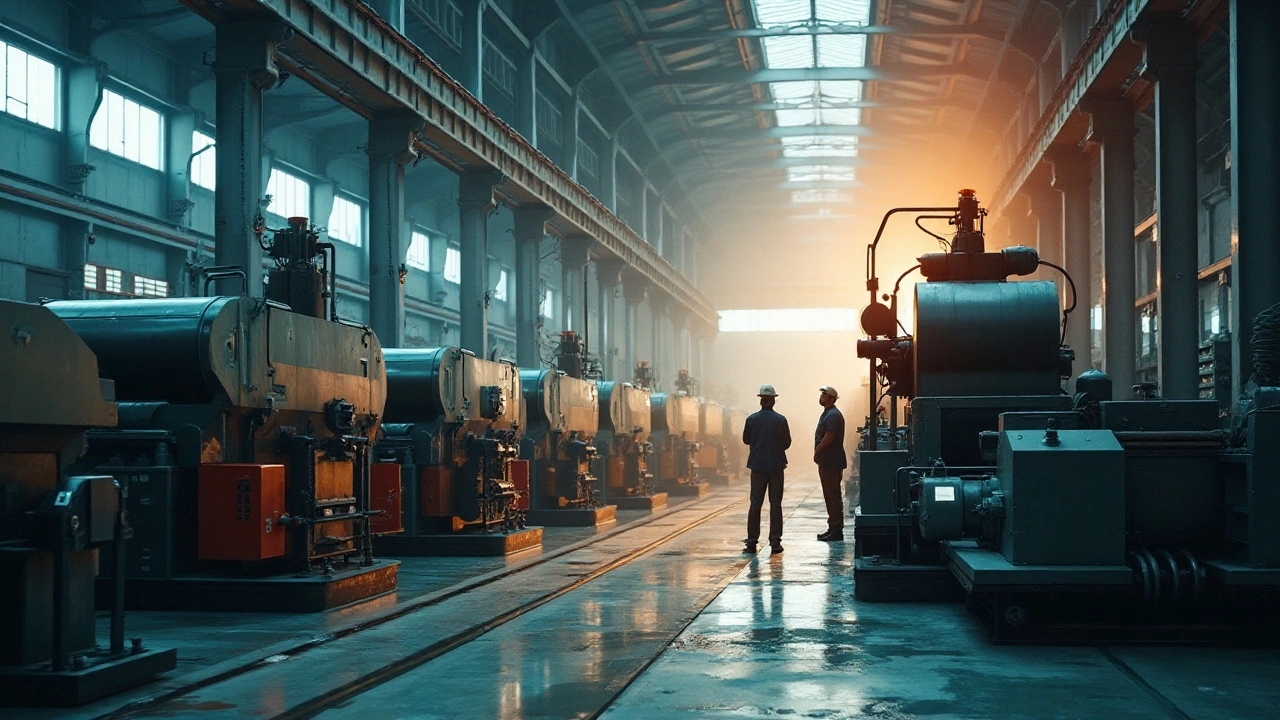Manufacturing Plants: Trends, Tips & Real‑World Insights
Thinking about setting up a plant or just curious how existing factories stay ahead? You’re in the right spot. Below you’ll find the most useful facts about manufacturing plants in India – from the kinds of plants that dominate the market to the everyday challenges managers face and the tricks they use to boost output.
What Types of Manufacturing Plants Lead the Indian Market?
India’s industrial landscape isn’t one‑size‑fits‑all. The biggest players are:
- Automotive plants – hubs in Tamil Nadu and Maharashtra churn out cars, two‑wheelers, and parts for global brands.
- Pharma factories – Gujarat and Hyderabad host dozens of GMP‑approved sites that supply generic medicines worldwide.
- Textile mills – Karnataka, West Bengal and Tamil Nadu still lead in yarn, fabric, and garment production.
- Electronics assemblers – Bengaluru and Hyderabad are fast‑growing zones for smartphones and IoT devices.
- Steel and heavy‑equipment plants – Jamshedpur and Bhilai keep the iron‑and‑steel chain moving.
Each plant type has its own supply chain quirks, labor needs, and regulatory checks. Knowing which category your plant belongs to helps you pinpoint the right certifications, equipment vendors, and talent pools.
Key Challenges and Practical Solutions for Plant Managers
Running a plant is a juggling act. Here are the three biggest pain points you’ll encounter and what smart managers do about them.
- Energy costs – With electricity rates climbing, many plants install solar rooftops or shift high‑energy tasks to off‑peak hours. A simple step is to audit your power usage quarterly and negotiate demand‑side contracts with the local utility.
- Workforce skill gaps – Skilled labor is scarce in tier‑2 cities. Companies that partner with local technical colleges, offer on‑the‑job apprenticeships, and run short certification courses see a 15‑20% drop in error rates.
- Regulatory compliance – From BS‑6 emission norms for diesel generators to ISO 9001 quality standards, non‑compliance can stop production cold. Most successful plants keep a digital compliance dashboard that alerts managers weeks before a deadline.
Adopting these habits early can shave months off downtime and protect your bottom line.
If you’re scouting a location, ask yourself: Does the area have reliable power? Are there training institutes nearby? What’s the local tax incentive landscape? Answering these questions up front saves you from costly surprises later.
In short, the best manufacturing plants blend the right technology with a people‑first approach. Whether you’re building a new facility or upgrading an existing one, focus on energy efficiency, skill development, and compliance tracking. Those three pillars keep your plant productive, profitable, and ready for the next wave of industry 4.0 innovations.

Top Global Leaders in High-Quality Steel Production
Steel quality is crucial for multiple industries, and understanding which manufacturers lead the way helps both producers and consumers make informed decisions. Examining the highest quality steel producers globally involves looking at their innovative techniques, sustainabilty efforts, and customer engagement strategies. These factors not only reflect on the companies’ prestige but also influence market dynamics and future developments in the steel industry. This article will delve into the key players in steel manufacturing and the methods that set them apart. Whether you're an industry insider or a curious consumer, you'll find plenty of fascinating insights.
